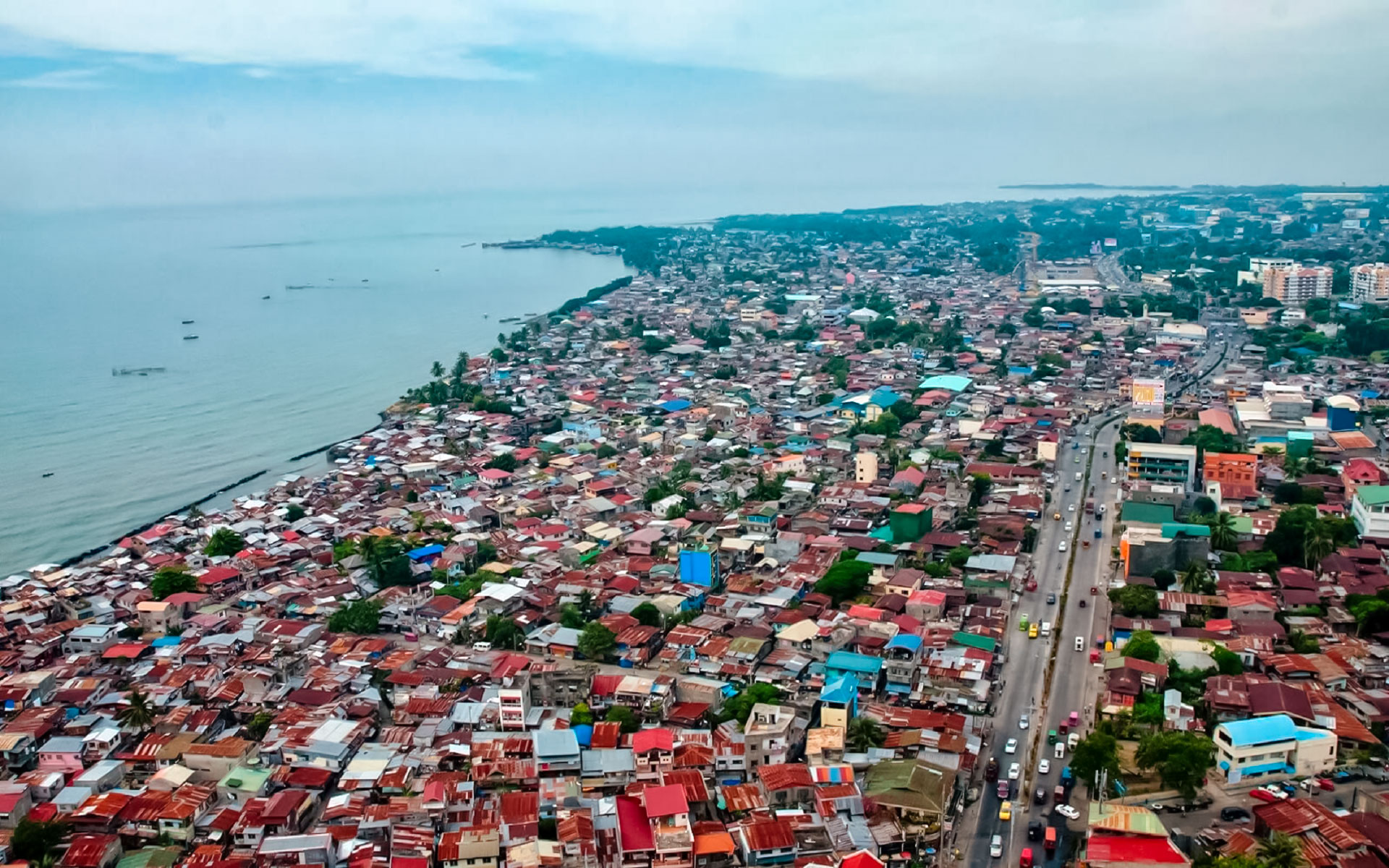Davao City is a densely populated city on the Philippine island of Mindanao. It has a population of 1,632,991 inhabitants as of the 2015 census, making it the third-most populated city in the Philippines and the most populous in Mindanao. It is the administrative seat of Metro Davao, the Philippines’ third most populous metropolitan region (as of the 2015 census, with a population of 2.5 million, after Metro Manila’s 12.8 million and Metro Cebu’s 2.8 million). The city is the biggest in terms of land size in the nation, with a total land area of 2,444 square kilometers. The city is Mindanao’s principal trade, business, and industrial centre, as well as the regional capital of Davao Region. Mount Apo, the highest point in the Philippines, is located in Davao. Davao is also regarded as the Philippines’ “Durian Capital.”
Davao City is geographically and statistically associated with the province of Davao del Sur, yet it is managed independently of it. The city is split into three congressional districts, which are further subdivided into 11 administrative districts and 182 barangays.
Davao City is often regarded by its citizens and the national media as one of the safest cities in the Philippines, however this has been received with criticism, particularly from Metro Manila residents.


